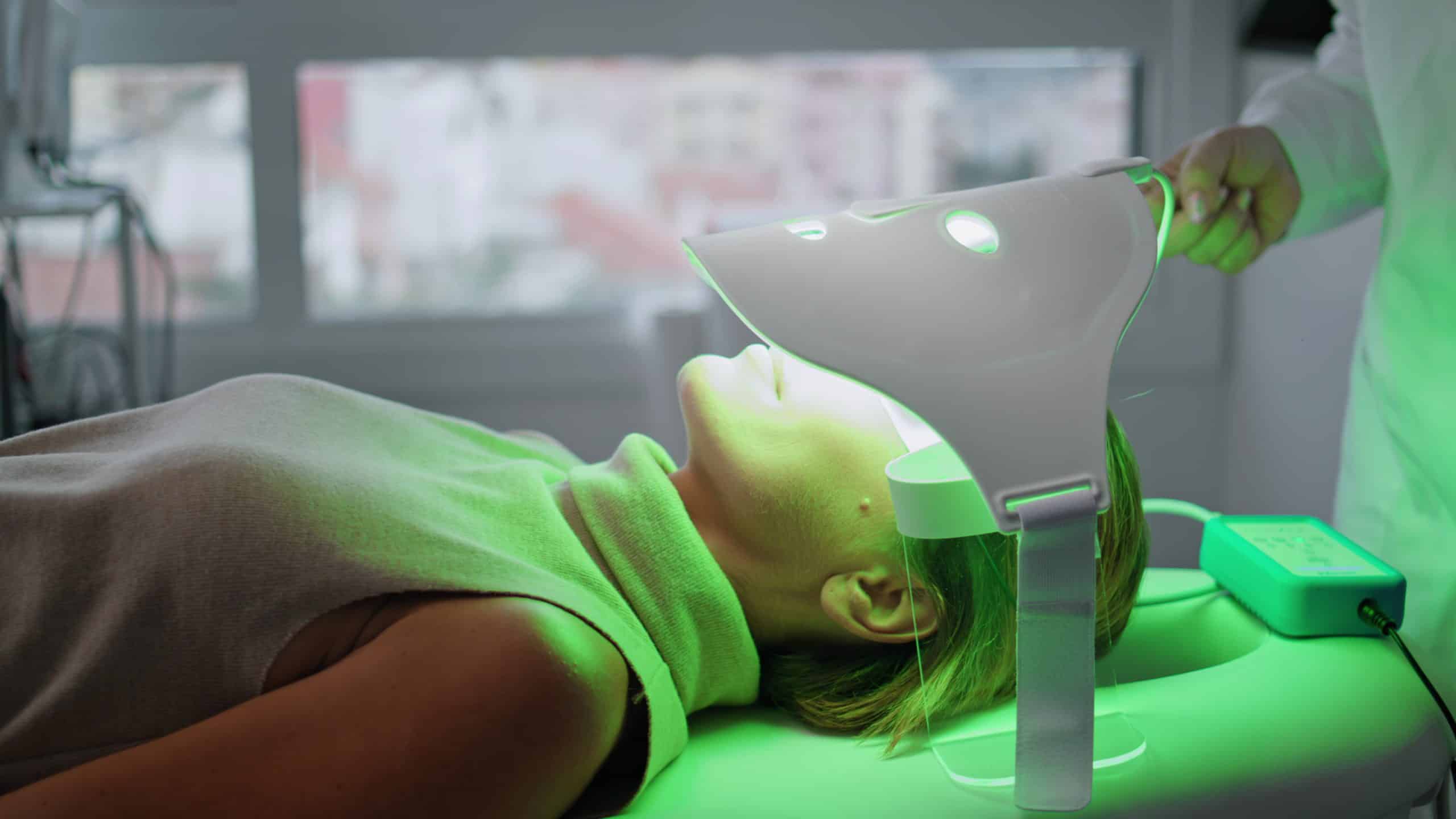What Are the Health Benefits of Full-Spectrum Lighting in Winter Months?

As the winter months set in, many of you may find yourselves yearning for the warm glow of the summer sun. Perhaps you’ve noticed a drop in your energy levels, or maybe a subtle change in your mood. This is not uncommon. In fact, the lack of sunlight during the winter months can lead to a condition known as Seasonal Affective Disorder (SAD).
One potential solution for combating these winter blues is to introduce full-spectrum lighting into your daily routine. But what exactly is full-spectrum lighting, and how can it benefit your health in the winter months? In this article, we will explore this topic in detail.
Also to discover : How to Design a Low-Impact Exercise Routine for Osteoporosis Patients?
Understanding Full-Spectrum Lighting
Before we delve into the health benefits of full-spectrum lighting, it’s crucial to understand what exactly it is. If we consider natural sunlight, it encompasses a range of wavelengths that are visible to the human eye. This range, from red through yellow and green to blue, forms what is known as the ‘light spectrum’.
Full-spectrum lighting attempts to imitate this natural sunlight, and includes not only the visible light spectrum, but also infrared and ultraviolet light. In other words, full-spectrum light bulbs are designed to cover the entire range of the sun’s light spectrum, thereby simulating a more natural lighting environment.
Also read : How Does Participating in Improvisational Theater Influence Mental Agility?
The Health Benefits of Full-Spectrum Lighting in Winter Months
Now that we understand what full-spectrum lighting is, let’s delve into its health benefits during the winter months. Many of these benefits revolve around the human body’s natural responses to sunlight.
Combating Seasonal Affective Disorder (SAD)
Seasonal Affective Disorder, or SAD, is a type of depression that typically occurs during the winter months when there is less natural sunlight. One of the primary treatments for SAD is light therapy. In light therapy, you are exposed to a full-spectrum light source that mimics natural sunlight. This exposure can help regulate your body’s internal biological clock (sleep-wake patterns), improve your mood, and alleviate other symptoms of SAD.
Improving Sleep Patterns
Exposure to natural sunlight or full-spectrum light during the day can help regulate your body’s production of melatonin, the hormone that controls your sleep-wake cycle. This can be particularly helpful in winter, when daylight hours are reduced. By using full-spectrum light bulbs, you are more likely to maintain a regular sleep schedule, leading to better quality of sleep and overall health.
Enhancing Visual Clarity and Mood
Full-spectrum lighting can also help enhance visual clarity and improve mood. The light spectrum of these bulbs closely resembles that of the sun, which can be more comfortable for the eyes and can help reduce eye strain, particularly when reading or performing detailed tasks. Moreover, exposure to a wider spectrum of light can help boost your mood, which can be especially beneficial during the gloomy winter months.
Full-Spectrum Lighting vs. Standard LED Bulbs
Some of you might be wondering: why not just use regular LED bulbs? While LED bulbs are energy-efficient and long-lasting, they do not offer the same benefits as full-spectrum lighting.
Standard LED lights typically emit a specific range of the light spectrum, which can result in a harsh and unnatural lighting environment. On the other hand, full-spectrum lighting provides a balanced distribution of light, similar to natural sunlight, which is easier on the eyes and can offer health benefits as we have discussed above.
Implementing Full-Spectrum Lighting in Your Daily Life
Implementing full-spectrum lighting in your daily life can be as simple as replacing your standard light bulbs with full-spectrum bulbs. These are available in a variety of shapes and sizes, to fit your existing light fixtures.
For those of you who spend a lot of time reading or working on a computer, consider using a full-spectrum desk lamp. This can help reduce eye strain and improve your focus and productivity.
Remember, while full-spectrum lighting can offer various health benefits, it is not a substitute for natural sunlight. Try to get outside and expose yourself to natural light whenever you can, even during the winter months. Even a short walk outdoors can have a positive impact on your mood and well-being.
In conclusion, full-spectrum lighting can be a beneficial addition to your lifestyle during the winter months. From helping to combat SAD, improving sleep patterns, enhancing visual clarity and mood, these benefits make it a worthy investment. It’s a simple change, but it could make a significant difference to your health and happiness during the darker months of the year.
Benefits on the Circadian Rhythm and Mental Performance
The exposure to full-spectrum lighting also offers benefits related to the circadian rhythm and mental performance. The circadian rhythm is your body’s internal clock that regulates your sleep-wake cycle, feeding habits, hormone release, and other bodily functions. It is highly responsive to light, especially sunlight.
When you expose yourself to full-spectrum light, it simulates the effect of being outdoors in natural sunlight. This helps to keep your circadian rhythm in balance, even during the winter months when natural light is scarce.
One consequence of a well-regulated circadian rhythm is a significant improvement in mental performance. Several studies have shown that exposure to full-spectrum light can lead to increased alertness, better cognitive function, and improved mood. Moreover, it can also help to regulate the production of hormones such as serotonin, which is known as the "feel good" hormone. These benefits can be particularly beneficial during the winter months when many people struggle with fatigue, low mood, and reduced cognitive function.
Additionally, full-spectrum light can also help reduce the effects of blue light exposure from electronic devices. While blue light is part of the natural light spectrum, excessive exposure, especially in the evening, can disrupt your sleep-wake cycle. Full-spectrum light can help balance the effects of blue light, especially for individuals who spend a lot of time looking at screens.
Closing Thoughts on Full-Spectrum Lighting
As we’ve explored in this article, full-spectrum lighting offers a range of health benefits, particularly during the winter months. It can help to combat symptoms of Seasonal Affective Disorder, improve sleep patterns, enhance visual clarity, mood, and mental performance. Overall, full-spectrum lighting makes it possible to enjoy the benefits of natural sunlight even when real sunlight is not available.
As a fairly easy adjustment to make, switching to full-spectrum bulbs or investing in a light box or a full-spectrum desk lamp could be a key to maintaining your health and happiness during the winter months. However, it should be noted that despite the many benefits of full-spectrum lighting, it is not a substitute for natural sunlight. Therefore, whenever possible, make an effort to expose yourself to natural sunlight by going outside, even for a brief period.
While it may seem a simple proposal, the benefits of full-spectrum lighting can have a profound impact on your overall well-being. So it’s worth considering whether full-spectrum lighting could be an important addition to your lifestyle in the darker, colder months. After all, our bodies evolved under the full spectrum of the sun’s light, and we function best when we are exposed to this kind of light on a regular basis. This piece of knowledge might be the key that unlocks a brighter, healthier winter for you.
